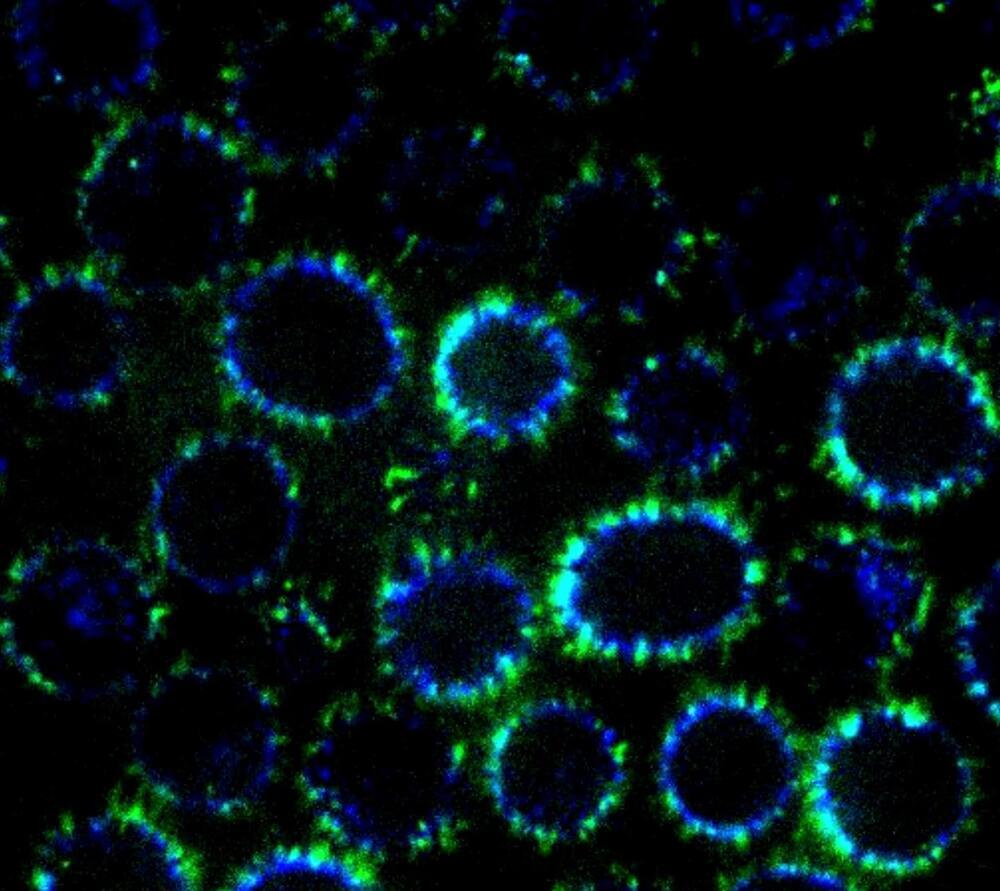Explaining the potential of nanotubes further, one of the lead researchers and associate professor at Johns Hopkins University (JHU), Rebecca Schulman told IE, “Tinier plumbing might help us analyze individual molecules, which could help us make better drugs or enzymes, separate toxins, or even create better batteries by designing the conduits that ions flow through rather than using a porous material.”
She believes that although these technologies are still 10+ years away, their foundation is in things like nano-plumbing and being able to precisely measure and control the pipes the plumbing is made of.
Nanotubes are a highly evolved version of nanopores, small DNA structures proposed in some previously published studies. A nanopore is designed to serve as a conduit across a thin barrier between two chambers. Examples of such barriers are cell membranes (nanopores allow things to move in and out of a cell) and across metal or graphene sheets (like in nanopore-enabled DNA sequencing).
